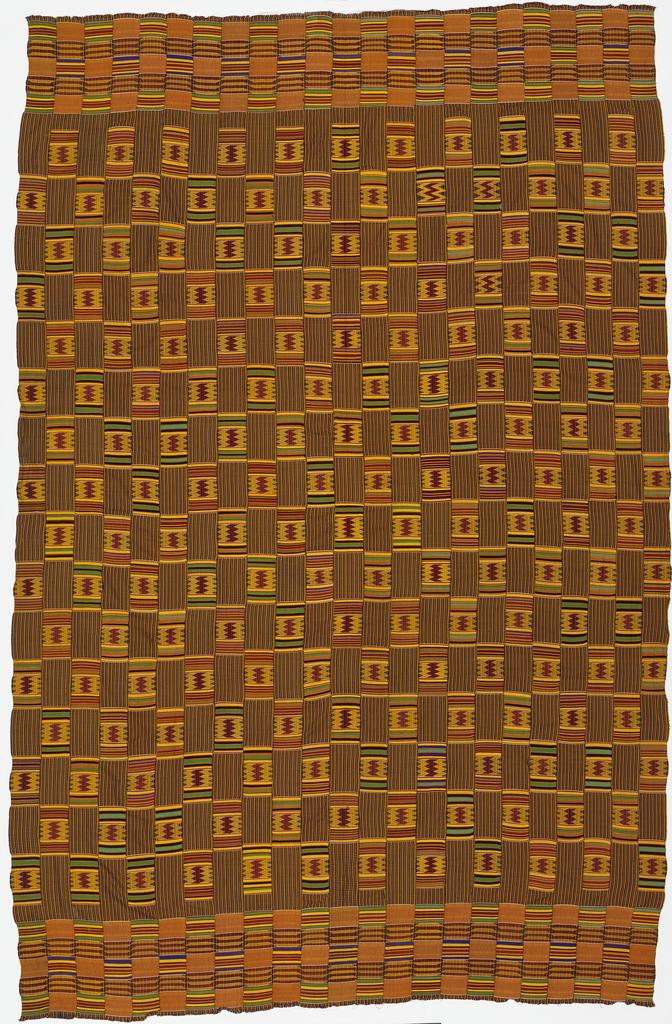css
/ WordPress table styling /
table.wp-table {
width: 100%;
border-collapse: collapse;
}
table.wp-table th,
table.wp-table td {
border: 1px solid #ccc;
padding: 5px;
}
table.wp-table th {
background-color: #f2f2f2;
}
Discover the Enchanting Elegance of Kente cloth: A Timeless African Treasure
Table of Contents
Immerse yourself in the vibrant world of Kente cloth, a captivating textile that has woven its way into the tapestry of African history, culture, and fashion. With its intricate patterns, vibrant hues, and profound symbolism, Kente holds a special place in the hearts of its people and continues to inspire awe and admiration around the world.
The Ancient Legacy of Kente Cloth
Kente cloth, meaning “woven cloth” in the Akan language, originated among the Ashanti people of Ghana’s gold-rich Akan Kingdom.Its beginnings can be traced back to the 17th century when skilled weavers transformed threads of silk and cotton into splendid fabrics. The vibrant patterns and colors were not merely decorative but held deep cultural meaning, reflecting the wearer’s social status, achievements, and aspirations.
Weaving Techniques and Symbolism
Kente cloth is renowned for its elaborate weaving techniques.Using a conventional horizontal loom, master weavers intertwine strips of colorful fabric, creating intricate patterns that are passed down through generations. Some of the most iconic Kente patterns include:
- Adinkra: Symbolic motifs representing proverbs, wisdom, and cultural values.
- Fontomfrom: Intricate designs resembling the intricate web of a crab, symbolizing unity and protection.
- Sankofa: A bird facing backward, a reminder to learn from the past and carry its lessons into the future.
Cultural Significance and Modern Adaptations
In African society,Kente cloth holds immense cultural significance. It is worn during important occasions such as weddings, funerals, and festivals, representing pride, heritage, and identity. In recent years, Kente cloth has gained global recognition as fashion designers and style enthusiasts incorporate its vibrant patterns and textures into contemporary designs.
Benefits and Practical Tips
- Versatility: Kente cloth’s versatility extends from traditional garments to modern fashion, home décor, and accessories.
- cultural Connection: Wearing or displaying Kente cloth fosters a sense of connection to African history and culture.
- Durability: Kente cloth is renowned for its durability, making it an investment piece that can be cherished for generations.
- Maintenance: Hand-wash or dry-clean Kente cloth to preserve its colors and intricate patterns.
First-Hand Experience
“Donning Kente cloth fills me with a sense of pride and connection to my ancestors,” remarked ama,an avid collector and wearer of Kente textiles. “Its vibrant hues and intricate designs are a constant reminder of the rich heritage I carry with me.”
Case Studies
- The Smithsonian National Museum of African Art in Washington, D.C., features an extensive collection of Kente cloths, showcasing their historical and cultural significance.
- Contemporary designers like Virgil Abloh and Duro Olowu have incorporated Kente patterns into their collections, blending tradition with modernity.
Conclusion
Kente cloth is more than just a textile; it is a vibrant manifestation of African artistry, cultural heritage, and timeless beauty.Its intricate patterns and vibrant colors captivate the senses, while its profound symbolism connects wearers to a rich and vibrant past. Whether adorned as a traditional garment or incorporated into modern designs,Kente cloth continues to inspire awe and admiration,serving as a testament to the enduring legacy of African artistry and creativity.

